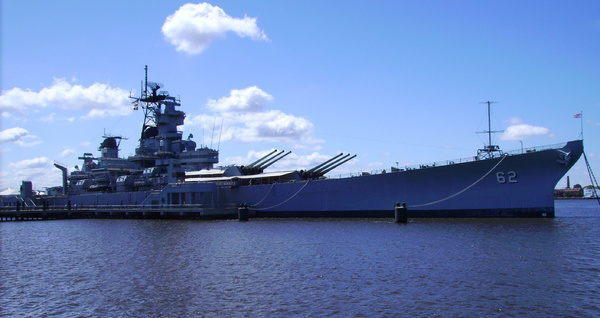|
in december, the united states navy announced its first small business innovation research (sbir) topic for the new year. the navy is looking for thermal interface materials (tim) to be used in militarized battery modules that meet the requirements of being robust to vibration and abrasion, non-permanent bonding, high dialectic strength, and high thermal conductance.

the u.s. navy is looking for tim for militarized battery modules. (wikimedia commons)
the description read, “maintaining battery temperatures in a narrow window is critical to system performance and battery life. elevated temperatures cause reduced cycle life and may present a safety risk, and non-uniform battery temperatures may cause an unbalanced battery system.”
the navy wants tim that are electrically insulated and thermally conductive for militarized battery modules and must be capable of accommodating irregular gap width and irregular clamping force. tim must also be non-flammable, non-toxic, and not require additional handling materials, such as gloves or masks.
among the necessary specifications are:
• heat transfer surface area (for a single battery cell) – 8 sq. in to 60 sq. in
• number of cells per module – 12 to 48
• heat flux at cell surface – 3-7 kw/m2
• heat sink material and roughness – aluminum, machined
• nominal temperature – 40-70°c
• maximum temperature – 150°c
• gap and contact pressure across a single cell – may range from a 50 mil gap to 100 psi contact pressure (although larger gap sizes would be permitted if desired)
• thermal conductance – threshold: 2000 w/(m2-k), objective: 5000 w/(m2-k)
• electrical insulation rating - threshold: 2000v, objective: 5000v
• flammability – compliance with recognized standards for plastic materials such as astm d 1000, ul 94. similar standards should be used for other material types.
• mechanical shock resistance - refer to mil-s-901d
• vibration resistance – refer to mil-std-167-1a
• transportability and other environmental compatibility – refer to mil-std-810g
an electronics-cooling magazine article detailing the navy’s latest sbir noted, “navy’s shipboard energy storage systems under development are expected to be operated at high charge-/discharge-rates and at high duty cycles leading to significant thermal management challenges.”
the article continued, “no doubt fillers for tims in these ranges of thermal conductivities will need to be carbon-based. to make an electrically insulating tim with very high thermal conductivity will definitely require some ingenuity!”
read the full sbir solicitation at https://sbir.defensebusiness.org/(x(1)s(d00vv2v0vpt44nujkeq2ze4r))/topics?aspxautodetectcookiesupport=1#topic28261.
|